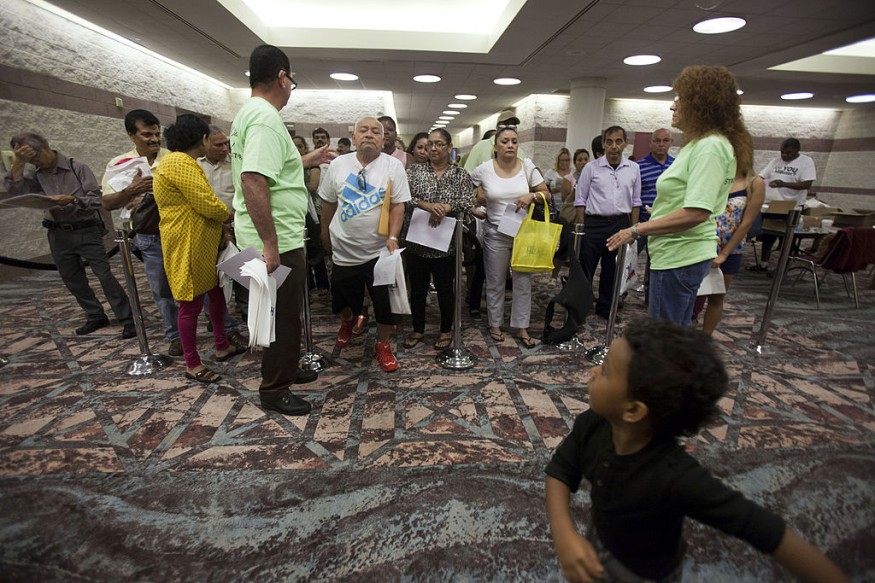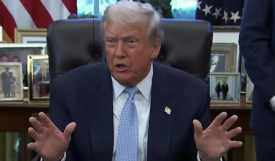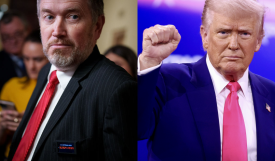Americans Needing Jobless Aid Are Rising

The number of Americans applying for jobless aid has increased in the last week of August.
According to the Labor Department, around 833,400 people have applied for first-time jobless aid in the week ending Aug. 29.
The figure shows an increase of about 7,600 from the previous week, not including the seasonal adjustments.
The Pandemic Unemployment Assistance has received around 759,000 applications for the said special program for self-employed workers.
The number of applications in the special jobless aid program increased by 151,000 from the week before.
Labor Department releases hiring data for August.
Indeed Hiring Lab economist AnnElizabeth Konkel said in a note that it is the third week in a row of rising initial unemployment claims, non-seasonally adjusted.
Konkel said that nearly six months into the pandemic is an alarming trend. She added that they would get a better picture of the overall economy.
"As for what we know right now, things aren't looking rosy," Konkel was quoted in a report.
Initial unemployment claims decreased by 130,000 on a seasonally adjusted basis, from the week before to nearly 881,000.
The government, however, changed how it calculates seasonal adjustments for unemployment figures.
This makes the current numbers not directly comparable with their historic levels.
Meanwhile, the slow employment progress and the current public health crisis with the absence of another stimulus package with extended jobless aid contribute to a threat to consumer spending.
Consumer spending has been an important factor in U.S. growth since it accounts for more than two-thirds of the economy.
"Any stagnation or backpedaling of unemployment claims at such historic highs is severely troubling at this stage of a recovery. And will likely remain as recent natural disasters across the U.S. compound with announced layoffs from several large employers," Daniel Zhao, senior economist at Glassdoor, was quoted in a report.
Jobless aid remains increasing as more than 25 million unemployed Americans have gone five weeks without the $600 weekly federal unemployment aid.
Figures also show that layoffs are continuing nearly six months after the coronavirus first affected the U.S. employers in August.
Industries from transportation to government promise more cuts in the fall.
"[T]he pace of layoffs still remains very high, and it appears that the proportion of newly laid-off people quickly finding another job is falling," Ian Shepherdson, chief economist at Pantheon Macroeconomics, was quoted.
Trump called for a $300-per-week-federally funded jobless benefits for workers who were unemployed due to the pandemic.
Trump's move came after coronavirus talks hit a stalemate in Congress, resulting in the loss of relief package to pandemic-hit Americans.
States are working on rearranging their systems to distribute $300 per week in federal aid to jobless Americans.
According to a nonprofit think tank, The Century Foundation, only seven states have paid lost wages assistance, representing about 15 percent of all unemployed workers.
These states include Arizona, Louisiana, Massachusetts, Missouri, Montana, Tennessee, and Texas.
Around 32 states have not started payments yet, but have seen grants awarded by FEMA.
Meanwhile, 11 states have not been awarded grants yet.
Check these out!
Subscribe to Latin Post!
Sign up for our free newsletter for the Latest coverage!
© 2025 Latin Post. All rights reserved. Do not reproduce without permission.













